Tag: resuscitation
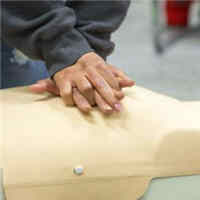
New Resuscitation Guidance for Patients with COVID-19
In response to the COVID-19 pandemic, the American Heart Association and collaborating organizations, including the American Academy of Pediatrics, the American Association for Respiratory Care, the Society of Critical Care... read more
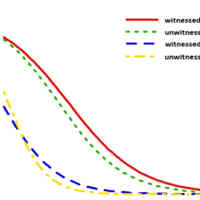
Optimal CPR Duration for Favorable Neurological Outcomes After OHCA
A favorable neurological outcome is closely related to patient characteristics and total cardiopulmonary resuscitation (CPR) duration. The total CPR duration consists of pre-hospital and in-hospital durations. To... read more

Change in Out-of-Hospital 12-lead ECG Diagnostic Classification in Patients Resuscitated From OHCA
Change in 12-lead ECG classification from OH to ED setting in patients resuscitated from out-of-hospital cardiac arrest (OHCA) was common (49%). The OH STEMI classification changed to a less ischemic (non-STEMI) ED classification... read more
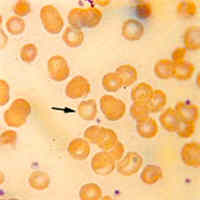
Saline vs. Balanced Crystalloid in Patients with Diabetic Ketoacidosis
In patients with diabetic ketoacidosis (DKA), the use of saline may be associated with longer time to DKA resolution, higher post-resuscitation serum chloride levels, lower post-resuscitation serum bicarbonate levels, and... read more
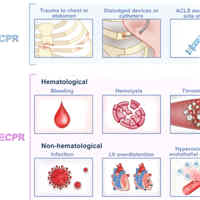
Extracorporeal Cardiopulmonary Resuscitation (ECPR) in Adults
Rates of survival with functional recovery for both in-hospital and out-of-hospital cardiac arrest are notably low. Extracorporeal cardiopulmonary resuscitation (ECPR) is emerging as a modality to improve prognosis by augmenting... read more

A New Acronym to Select Eligible Patients for ECPR
Rhythm check three - A2BCDE3! - A new acronym to select eligible patients for extracorporeal cardiopulmonary resuscitation (eCPR) Extracorporeal cardiopulmonary resuscitation (eCPR) is an ultra-invasive approach for the... read more

High resuscitative endovascular balloon occlusion of the aorta procedural volume is associated with improved outcomes
Resuscitative endovascular balloon occlusion of the aorta survival is increased at high versus low utilization centers. Increased experience with REBOA may be associated with earlier deployment and subsequently improved patient... read more
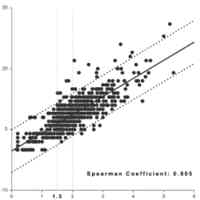
Which Injured Patients with Moderate Fibrinogen Deficit Need Fibrinogen Supplementation?
We have shown in this study an association between shock parameters and fibrinogen administration. Further studies are needed to determine how these parameters may be used to guide fibrinogen administration in trauma patients... read more
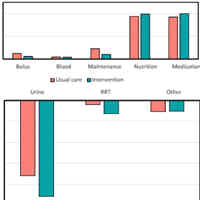
Feasibility of Conservative Fluid Administration and Deresuscitation vs. Usual Care
A strategy of conservative fluid administration and active deresuscitation is feasible, reduces fluid balance compared with usual care, and may cause benefit or harm. In view of wide variations in contemporary clinical... read more
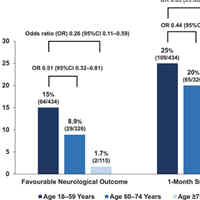
Neurological Outcomes in Patients with OHCA who received ECPR
Little is known about the difference in outcomes between young and old patients who received extracorporeal cardiopulmonary resuscitation (ECPR) for out-of-hospital cardiac arrest (OHCA). Therefore, we aimed to investigate... read more
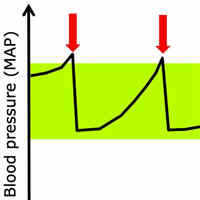
Severe Hyponatremia Management with DDAVP Clamp-Bolus Technique
The DDAVP clamp technique has considerably simplified the management of severe hyponatremia. The DDAVP clamp was a substantial step forwards in the management of severe hyponatremia. It eliminated a lot of the variability... read more
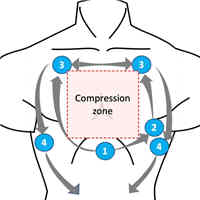
POCUS in Cardiorespiratory Arrest
The POCUS-CA (Point-of-care ultrasound in cardiac arrest) is a diagnostic tool in the Intensive Care Unit and Emergency Department setting. The literature indicates that in the patient in a cardiorespiratory arrest it... read more
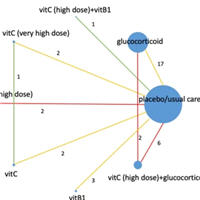
Effect of Adjunctive Vitamin C, Glucocorticoids, and Vitamin B1 on Sepsis
We aimed to compare the effects of vitamin C, glucocorticoids, vitamin B1, combinations of these drugs, and placebo or usual care on longer-term mortality in adults with sepsis or septic shock. MEDLINE, Embase, CENTRAL, ClinicalTrials.gov... read more
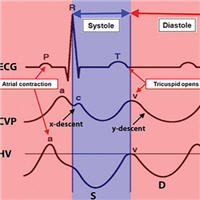
Point of Care Venous Doppler Ultrasound
Accurate assessment of the hemodynamic status is vital for appropriate management of patients with critical illness. As such, there has been a constant quest for reliable and non-invasive bedside tools to assess and monitor... read more




